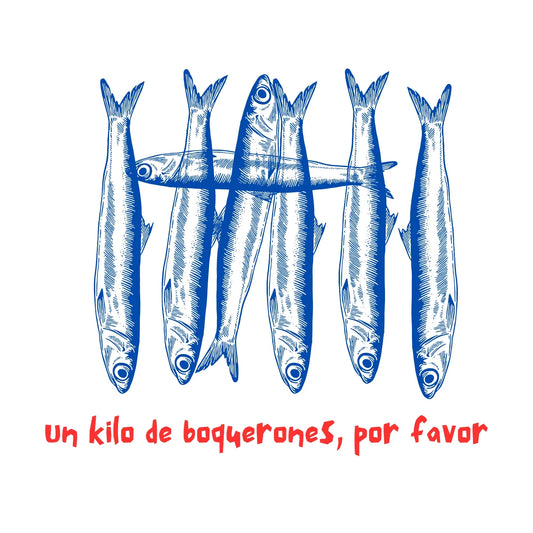The sweetlips fish (Plectorhinchus) belongs to the Hemulidae family and is included in the Perciformes order. Among the sweetlips, we find 35 species differing in size and coloration patterns.
The sweetlips inhabit coral reefs in the Indian and Pacific Oceans, being very common in the Philippines, Bali, Papua New Guinea, northern Australia, the Maldives, and Malaysia. This fish primarily feeds on crustaceans, although its diet also includes slugs, worms, shrimps, and even corals.

Group of sweetlips in the Great Barrier Reef, Australia. Image by Nemo's great uncle
We are most familiar with the sweetlips based on the morphology of the Plectorhinchus vittatus (East Asian sweetlips) which features white scales with fine black stripes running longitudinally along its body and yellow fins adorned with black dots or stripes. The front part of its head is yellow, boasting a strong mouth that can crack the shells of its prey, with a yellow upper lip. This pattern is the most recognized, but there are different colorations and forms, such as the harlequin sweetlips that swaps black stripes for spots, resembling a leopard's coat, the two-lined sweetlips with broad black stripes, or the white-bellied sweetlips with black lines only covering half of its body. Although it may not seem a large fish, it can reach up to 85 centimeters in length.
Growth stages of a harlequin sweetlips fish
The sweetlips undergo a drastic color change in their scales as they reach adulthood, displaying a spectacular coloration in their juvenile stage. In the case of the harlequin sweetlips, highly prized by underwater photographers and videographers, they are initially a beautiful brown fish with white spots reminiscent of clown triggerfish, and as they age, these cinnamon spots turn into black dots, creating the stunning coloration in the adult fish.
 The harlequin sweetlips undergo a significant transformation until they reach adulthood. Image by Boogies with Fish
The harlequin sweetlips undergo a significant transformation until they reach adulthood. Image by Boogies with Fish
Although it is more commonly found alone or in pairs, groups of sweetlips of up to a dozen can also be found. This peaceful fish poses no threat to divers, making it a genuine pleasure to encounter a group of them, and a stroke of luck to come across a young specimen.
While it doesn't face significant threats, it is fished for commercial use both for consumption, as sweetlips meat is considered a delicacy in many Asian cuisines, and for decoration in aquariums. However, its size makes it less popular among aquarium hobbyists.





















